(March 5, 2023) It was in 2022 that Michigan-based Indian-American teen Neel Moudgal learnt about winning a $25,000 scholarship from the Davidson Fellows Scholarship Program for his project Using Unassigned NMR Chemical Shifts to Model RNA Secondary Structure. The honour for the Saline resident came from creating a platform that could help scientists easily develop treatments for cancer, viruses, genetic disorders, and other diseases. “It means so much for them to recognize my work as having some benefit to society,” said the teenager, who began working on the project in the summer of 2020. The project has made him win $250,000 at the Regeneron Science Talent Search 2023. Neel’s quest to work towards finding cures for diseases is personal – his grandfather suffers from Alzheimer’s and Neel has seen his suffering firsthand.
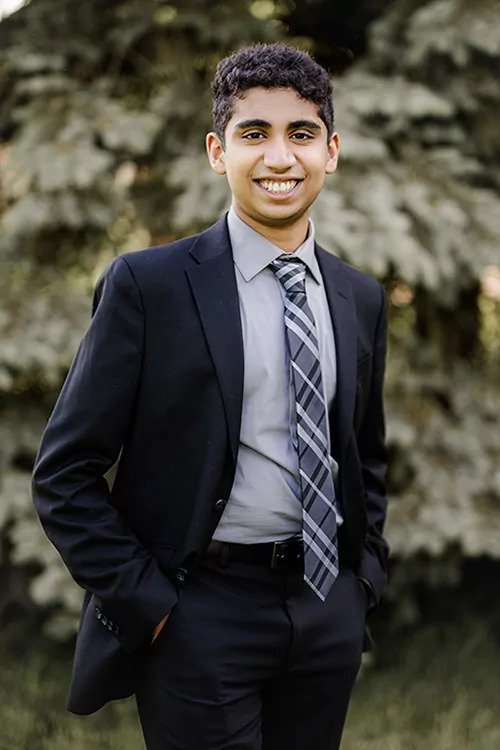
Neel Modugal
It is no secret that RNA (Ribonucleic acid) teaches the body how to make proteins that can support your immune system or even treat diseases. Scientists believe that understanding RNA structure could unlock cures for many diseases, and Neel’s project aids scientists to help develop treatments for many diseases. For this, he developed a new platform to predict the structure of various RNA molecules rapidly with easily available data, with the help of his mentor Professor Aaron Frank at the University of Michigan.
“Unfortunately, understanding the structure of RNA has been a difficult task due to the limitations in equipment and computational power and remains a major challenge in biophysics. My project focused on developing a new platform that can predict the structure of various RNA molecules rapidly with easily available data, thus allowing researchers the opportunity to develop novel treatments,” the Global Indian wrote on the David Institute website.
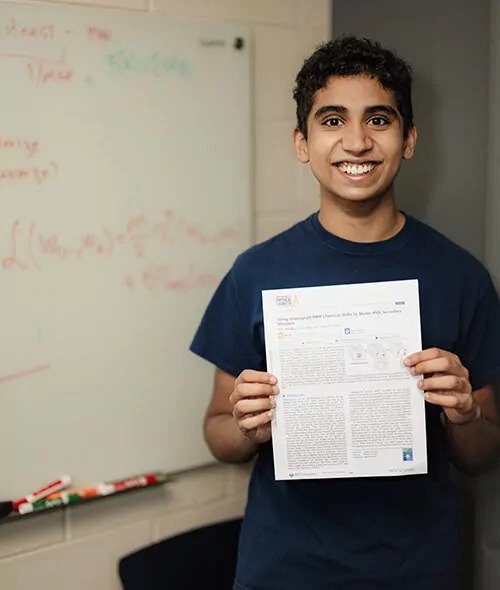

Since the project involved science that wasn’t taught in high school, the 16-year-old had to rely on academic papers to learn the required material. And that in itself was one of the exciting parts for Neel – to learn and actively apply it. However, the project came with its share of challenges – the prime being the pandemic. Due to the lockdown, lab access was impossible, and it felt limiting to not be able to walk up to people for quick clarification or feedback on an idea. However, Zoom, Slack, and other platforms came to his rescue and helped him connect with lab members to clear his doubts or seek any kind of guidance.
One and a half years into the research, he found success in developing a platform that can rapidly and accurately predict the secondary structure for RNA molecules using only unassigned chemical shift data. “Our methods can help predict the structure and behaviour of RNA molecules in both physiological as well as pathological states and as a result, this platform has the potential to greatly increase our understanding of the molecular and cellular processes that underlie human diseases,” said Neel, who is hopeful that researchers will have the opportunity to work rapidly with RNA molecules in emerging pathogens, such as SARS-CoV-2 and other viruses.
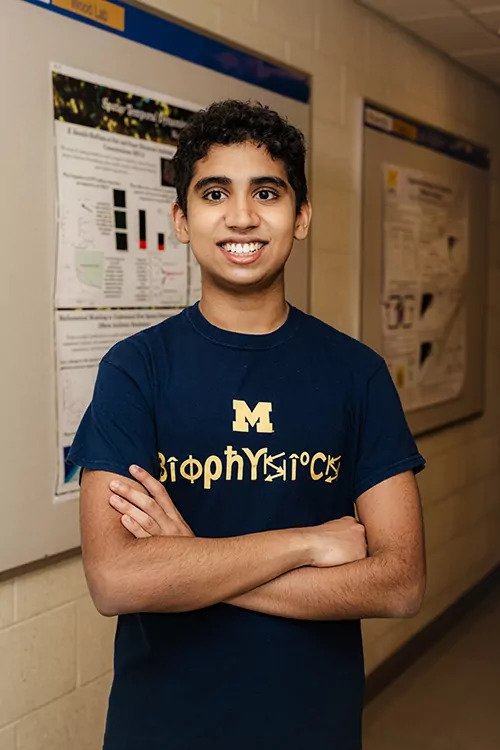

Neel, who is a senior at Saline High School in Michigan, enjoys travelling, reading, and collecting rocks, coins, and stamps. He hopes to major in biophysics and statistics in his undergraduate studies and eventually pursue a career in medicine and research. “My goal is to conduct translational research and develop treatments “from bench to bedside,” working in a laboratory to devise cures for diseases and working with patients to deploy these treatments. I feel that this would put my passion for research to use to benefit others.”

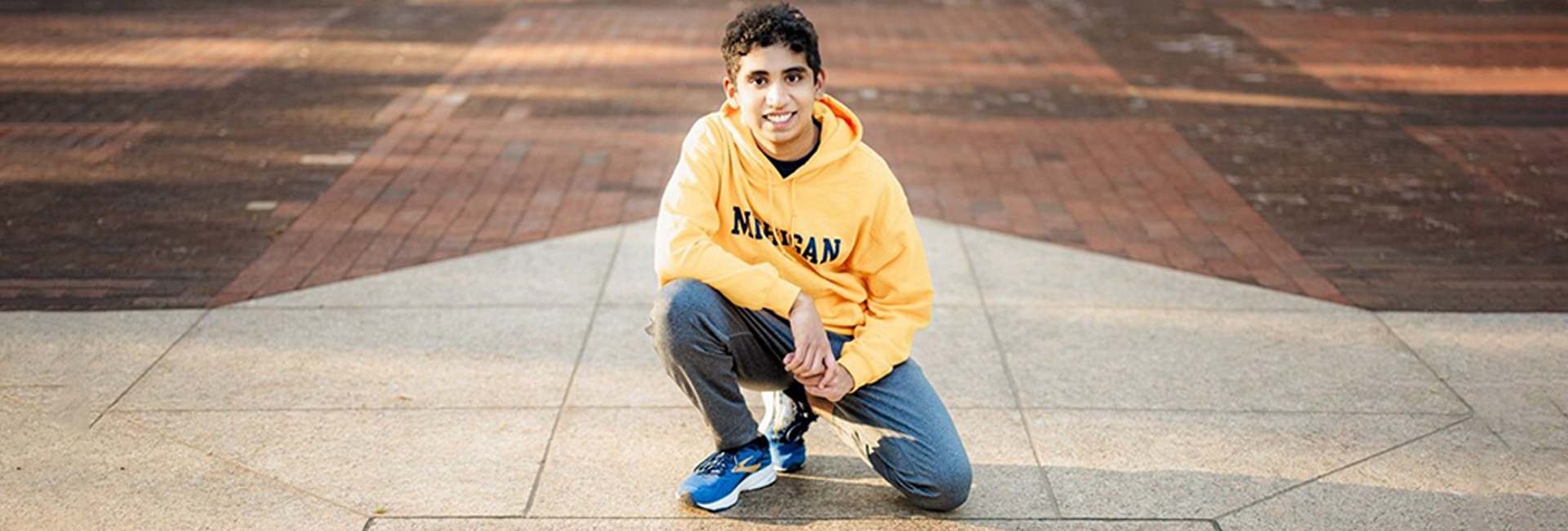


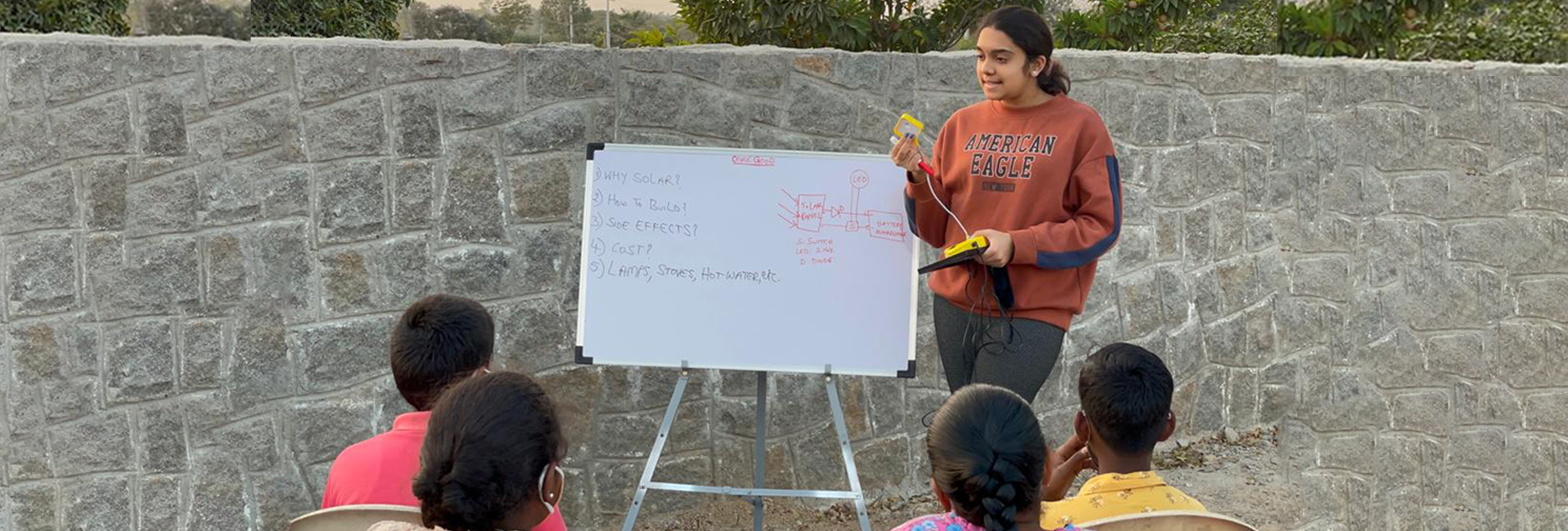
Nice Article